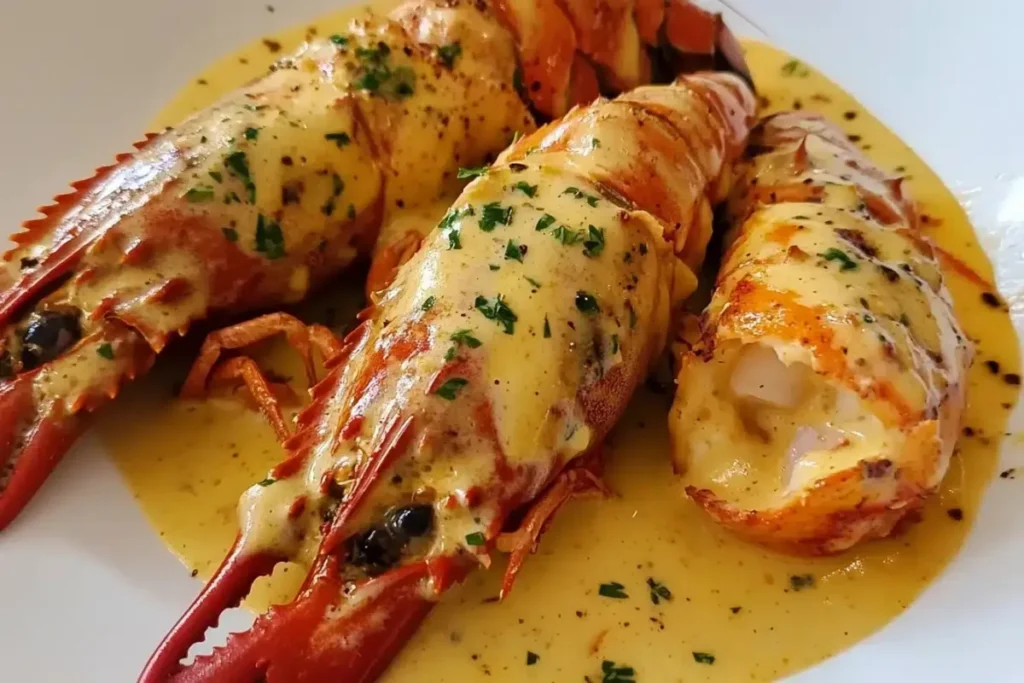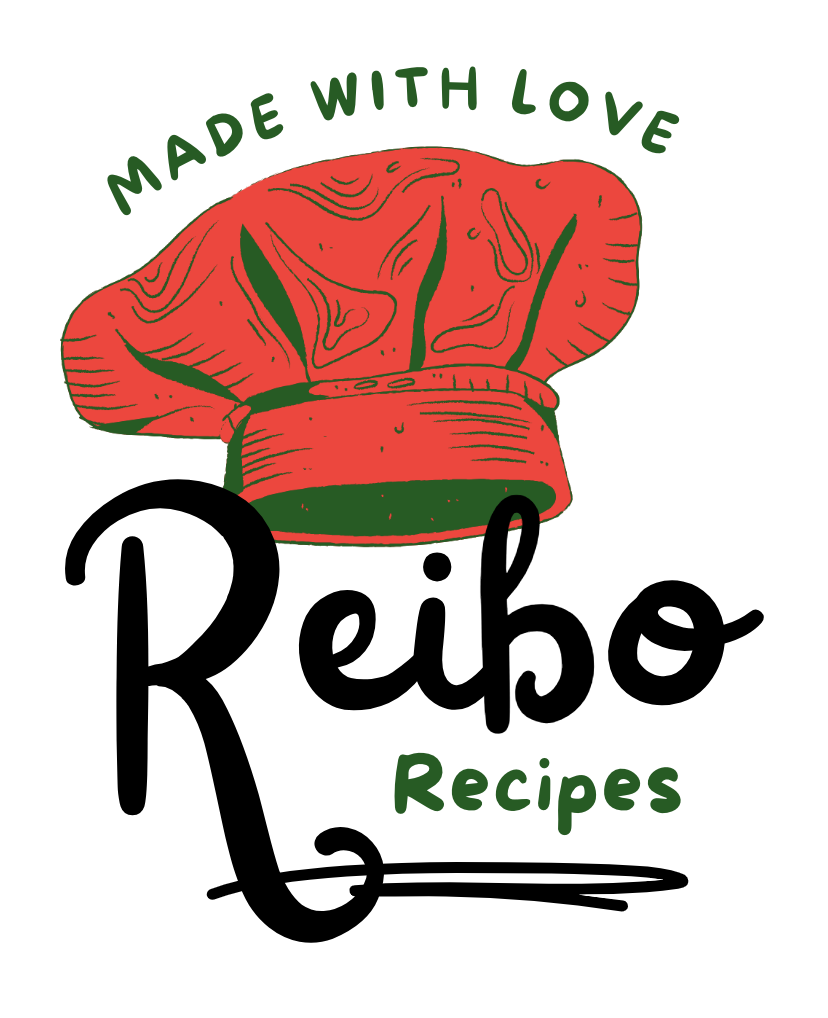
Introduction and Overview
Introduction of Seafood Butter Sauce
seafood Butter Sauce boil sauce undoubtedly serves as the heart of any seafood Butter Sauce boil, effortlessly blending the rich flavors of butter, garlic, and a variety of spices to create a mouthwatering experience. Moreover, this seafood boil sauce recipe doesn’t just accompany the dish; it effectively ties the entire meal together, turning every bite into a burst of flavor. Whether you host a summer seafood boil or aim to spice up your weeknight dinner, this sauce Crab Brulee Recipe.
Additionally, for those interested in sauces that pair well with seafood Butter Sauce, consider exploring our Crab Brulee Recipe: A Savory Twist on a Classic Dessert. Indeed, this versatile sauce complements a wide range of dishes, including pasta and grilled vegetables.
What is Seafood Sauce?
Seafood boil sauce seamlessly combines butter, garlic, and a variety of spices to create a savory coating for your seafood Butter Sauce and vegetables. Typically, the base consists of butter and garlic, while lemon, Cajun seasoning, and hot sauce furtherenhance the flavor. Moreover, you can easily customize this versatile seafood Butter Sauce boil sauce recipe to perfectly match your personal taste preferences.
Importance of the Sauce in a Seafood Recipe
In fact, the Seafood Butter Sauce boil sauce is truly the key element that elevates a seafood Butter Sauce boil from a simple meal to a remarkably memorable experience. Not only does the rich and flavorful sauce seep into the seafood Butter Sauce, but it also enhances the natural flavors of shrimp, crab, and other shellfish. Furthermore, the sauce helps to bind the seasonings to the seafood Butter Sauce, therebyensuring that every bite is packed with flavor.
Detailed Preparation and Expert Tips
Key Ingredients in a Seafood Sauce Recipe
To make the perfect seafood Butter sauce, you’ll need a few essential ingredients:
- Butter: The base of the sauce, giving lavishness and depth.
- Garlic: Adds a robust, savory flavor.
- Lemon Juice: Equalizations the lavishness with a touch of acidity.
- Cajun Seasoning: A blend of spices that gives the sauce its signature kick.
- Optional Ingredients: Worcestershire sauce, hot sauce, and fresh herbs like parsley can be added for extra flavor.
Step-by-Step Seafood Butter Sauce Boil Recipe
- Melt the Butter: Begin by dissolving the butter in a expansivepan over medium heat.
- Add the Garlic: Once the butter is melted, add the minced garlic and sauté until it becomes fragrant.
- Incorporate the Spices: Stir in the Cajun seasoning, lemon juice, and any additional spices or herbs you’re using.
- Simmer the Sauce: Let the sauce simmer for a few minutes to allow the flavors to meld together.
- Taste and Alter: Taste the sauce and alter the flavoring as required. If you incline toward a spicier sauce, include more hot sauce or Cajun seasoning.
Variations of Seafood Butter Sauce Boil
- Spicy Fish Formula: Increment the sum of Cajun flavoring and include a few dashes of hot sauce.
- Garlic Butter Sauce Variation: Focus on the garlic by using more cloves and omitting the Cajun seasoning.
- Lemon Pepper Seafood Butter Sauce Boil Sauce: Add extra lemon juice and freshly ground black pepper for a zesty twist.
For those who want to explore more about using garlic in cooking, The Kitchen provides a comprehensive guide to cooking with garlic. Moreover, to add more complexity, consider including optional ingredients like Worcestershire sauce or hot sauce.
Pairing the Sauce with Different Types of Seafood
The seafood Butter Sauce pairs beautifully with a variety of seafood Butter Sauce. Whether you’re boiling shrimp, crab, lobster, or even clams, this sauce enhances the natural sweetness of the shellfish. Moreover, it’s versatile enough to be used as a dipping sauce for bread or vegetables.
For more matching recommendations, Bon Appétit offers a direct to the best side dishes that complement seafood.
For more pairing suggestions, Bon Appétit offers a guide to the best side dishes that complement seafood. This can help you create a well-rounded meal.
Tips, Serving Suggestions, and FAQs for Seafood Butter Sauce
Tips for the Perfect Seafood Boil Sauce
- Use New Fish: New fish will assimilate the flavors of the sauce superior.
- Cook at the Right Temperature: Ensure that your seafood is cooked evenly by maintaining a consistent boil.
- Don’t Overcook: Overcooking seafood can lead to a rubbery texture, so keep an eye on cooking times.
Storing and Reheating Seafood Boil Sauce
If you have leftovers, store the seafood boil sauce in an airtight container in the refrigerator for up to a week. When reheating, do so gently over low heat to maintain the sauce’s flavor and texture.
Serving Suggestions for Seafood Boil
- As a Side Dish: Serve the fish bubble with corn on the cob, potatoes, and dried up bread.
- With Pasta: Hurl the fish and sauce with cooked pasta for a healthy meal.
- As a Snack: Enjoy the sauce with fried seafood or as a dip for vegetables.
Nutritional Information and Health Benefits of Seafood Boil Sauce
Frequently Asked Questions (FAQs)
What’s the Best Butter to Use for Seafood Sauce? Unsalted butter is recommended, as it allows you to control the salt level in the sauce.
Can I Make Seafood Boil Ahead of Time? Yes, you can prepare the sauce a day in advance. Store it in the fridge and warm delicately some time recently serving.
How Do I Make Seafood Sauce Less Spicy? Reduce the amount of Cajun seasoning or omit the hot sauce.
Can I Use the Sauce with Other Dishes Besides Seafood? Absolutely! This sauce is versatile and can be used with chicken, vegetables, or even as a pasta sauce.
This format should now reflect the desired subheading distribution with clear distinctions between larger section headings and smaller subheadings.
The History and Origins of Seafood Boil Sauce
Seafood boil sauce has deep cultural roots in Southern cuisine, particularly in states like Louisiana and Mississippi. For instance, Cajun and Creole cooking heavily influence the flavors we associate with this sauce, including the use of garlic, butter, and bold spices. Historically, seafood boils were communal events, bringing families and friends together to share in a hearty and flavorful meal. Understanding its origins not only deepens your appreciation for the dish but also allows you to honor the culinary traditions it represents.
Customizing the Spice Level in Your Seafood Sauce
Adjusting the spice level in your seafood boil sauce ensures it appeals to everyone at the table. For example, to reduce heat, you can decrease the amount of Cajun seasoning or replace hot sauce with milder options like paprika or smoked paprika. Conversely, for those who love heat, add extra chili flakes, cayenne pepper, or even diced jalapeños to the mix. Ultimately, customizing the spice level is an easy way to make this dish inclusive while still delivering bold flavors.
Exploring Butter Substitutes for a Healthier Option
While butter forms the base of traditional seafood boil sauce, healthier substitutes can be used without compromising on flavor. For instance, olive oil offers a lighter alternative with a fruity undertone that complements the spices. Additionally, using avocado oil provides a neutral base with added health benefits, such as healthy fats. For those avoiding oils altogether, a broth-based sauce thickened with cornstarch can create a lighter yet flavorful alternative. These substitutions cater to health-conscious individuals while maintaining the essence of the dish.
Pairing Beverages with Your Seafood Boil
The right beverage pairing can elevate the seafood boil experience. For example, crisp white wines like Sauvignon Blanc or Pinot Grigio complement the richness of the butter and the sweetness of the seafood. For beer lovers, light lagers or wheat beers work well, balancing the spiciness of the sauce. Additionally, non-alcoholic options like iced tea with a hint of lemon or sparkling water infused with citrus offer a refreshing counterpoint. Ultimately, thoughtful pairings enhance the overall dining experience.
Creating a Vegetarian Alternative to Seafood Boil Sauce
For those who don’t eat seafood, this versatile sauce can be adapted to vegetarian recipes. For instance, use the sauce to coat roasted vegetables like corn, potatoes, and zucchini for a hearty and flavorful meal. Additionally, tofu or plant-based seafood alternatives can absorb the sauce beautifully, making it an excellent substitute for shellfish. Moreover, adding mushrooms can provide a meaty texture that pairs well with the rich, buttery flavors. These adaptations allow vegetarians to enjoy the bold taste of seafood boil sauce in a way that suits their diet.
Incorporating Fresh Herbs for Extra Flavor
Adding fresh herbs to your seafood boil sauce enhances its flavor and presentation. For example, parsley adds a burst of freshness, while thyme or oregano offers earthy undertones. Additionally, basil or cilantro can bring a unique twist, especially when paired with citrusy notes like lemon or lime. For a spicy herbaceous kick, try incorporating chopped chives or green onions. Ultimately, fresh herbs not only elevate the taste but also add a pop of color to your dish.
Serving Seafood Boil as a Crowd-Pleasing Event
Seafood boils are perfect for gatherings, offering an interactive dining experience. For instance, serve the seafood and sauce family-style on a large platter, allowing guests to dig in and customize their plates. Additionally, providing small bowls of extra sauce and accompaniments like lemon wedges or hot sauce encourages personalization. For an outdoor event, consider serving the seafood boil on parchment paper-covered tables for a rustic and communal feel. This setupensures a fun, memorable experience for everyone.
The Role of Acidity in Seafood Boil Sauce
Acidity is a crucial component of seafood boil sauce, balancing the richness of the butter and spices. For example, lemon juice is commonly used to add a zesty brightness that enhances the natural sweetness of the seafood. Alternatively, apple cider vinegar or white wine can provide a tangy depth of flavor. Moreover, a splash of orange juice can add a subtle sweetness while still delivering acidity. Understanding the role of acidity helps you achieve a perfectly balanced sauce every time.
Expanding the Use of Seafood Boil Sauce
This flavorful sauce isn’t just for seafood boils—it’s a versatile addition to many dishes. For instance, toss it with pasta and sautéed shrimp for a quick and indulgent dinner. Additionally, use it as a marinade for grilled chicken or vegetables to add depth and spice. For a creative twist, drizzle it over baked potatoes or use it as a dipping sauce for breadsticks. Ultimately, this sauce proves its versatility by complementing a wide range of dishes beyond seafood.
Exploring Regional Variations of Seafood Boil Sauce
Different regions have their own unique takes on seafood boil sauce. For example, in Louisiana, the sauce is often spicier, with an emphasis on bold Cajun flavors. In contrast, East Coast versions may incorporate Old Bay seasoning and a milder spice profile. In the Pacific Northwest, seafood boil sauces often feature a touch of garlic butter and dill to complement the region’s abundance of fresh seafood Butter Sauce. Learning about these regional variations allows you to experiment with flavors and techniques from across the country.
Conclusion on Seafood Boil Sauce Recipe
Seafood Butter Sauce does far more than simply top your favorite seafood; in fact, this secret ingredient truly elevates your meal to the next level. It effortlessly adds depth, richness, and an incredible burst of flavor, making every single bite genuinely unforgettable. Whether you choose to follow the classic recipe or, alternatively, experiment with exciting variations, this sauce remains a must-have for any seafood lover. Furthermore, by carefully applying the tips and techniques outlined in this guide, you can quite easily master the perfect seafood Butter Sauce. Ultimately, this mastery will not only impress your guests but also delight your taste buds, bringing an extra layer of enjoyment to your seafood Butter Sauce dishes!
